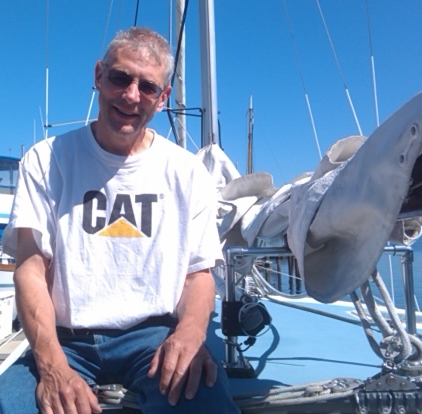Professor of Nutrition

Institution: University of Alaska Fairbanks, Department of High Latitude Agriculture
Education:
BA, Biology, University of Alaska
MS, Nutritional Sciences, University of California Davis
PhD, Food Science, Oregon State University
What early experiences influenced you to work in childhood obesity prevention?
No doubt, an incidental undergraduate class in computer programming was surprisingly influential. I’ve worked on various physiological models, and most recently on algebraic models, which summarize food choices in complex environments. Unhealthy food choices become increasingly appealing as hunger and time constraints arise and overwhelm otherwise rational decision-making.
What advice would you give high school or undergraduate students that want to get into your professional field?
Research programs change over time, tools change, and theory develops. I would advise a student to develop a wide set of skills, since one never knows what kinds of opportunities and challenges will arise. It is useful to keep one’s marketable skills up to date.
What do you think Alaska will gain from the CHL program?
Agriculture is fundamental to the US economy but it need not lead to environmental degradation and compromised public health. Sustainable practices combined with an informed citizenry will contribute greatly to our social health. Alaska is unlikely to be self-sustaining in food production, but local food production and a healthy and educated population would seem to be sensible short and long term goals.
What does an average day at the University of Alaska look like for you?
Every appointment and opportunity provided to me by any university has been a privilege. I have been a commercial fisherman, fisheries biologist, truck driver and a laborer. Anyone who has worked in a cold, wet, dangerous and miserable environment for a bit of pay and no benefits is bound to appreciate the enthusiasm of students and researchers who are willing to work in those same environments because they like the work and the people. An average day does not have that stuff for me, since I left fishing.
What advice would you give caregivers of young children about best lifelong health practices related to CHL-connected efforts?
Since the advent of public health measures such as clean drinking water and vaccines, the leading causes of death in the US population are preventable diseases, largely, and of those preventable diseases, the majority are related diet and physical activity lifestyle choices. The Center for Disease Control publishes causes of mortality and best practices for avoiding preventable diseases. I would advise anyone to read those cheerful documents, readily available online, and to make decisions accordingly. Beyond that, seat belts, child safety seats and good dental hygiene tend to be important determinants of health and happiness.
What do you love about Alaska?
When I was younger I loved that there were so few rules and so many opportunities. I still love that.
